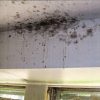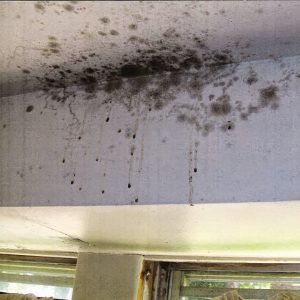Dripping sound without a visible leak
Dripping sound without a visible leak – sometimes you might hear dripping sounds and not see any evidence of water leak.
The last thing you want is a water leak somewhere in the walls.
If you can’t find it quickly, then it could lead to a lot of secondary damage like mould growth. …
What does a water pipe leak sound like?
Water pipes that make a hiss or whoosh sound are indicative of water leaks.
Listening for such sounds is the best way to determine if pipes are leaking.
The hissing can sound like constant static noise and is the only type of sound you will hear when dealing with pipes featuring 30 psi or higher water pressure.
The “Invisible” Plumbing Leaks
Some plumbing leaks are easy to find.
If you have a leaking faucet or fractured pipe, you’ll be able to see it. Unfortunately, these aren’t the only leaks your home plumbing can spring.
Sometimes, it can be hard to know you have a leak at all.
These “invisible” leaks waste money and water, but because you can’t see them, you won’t even know they’re there.
Worse, if a leak goes unrepaired, it could spread or even rupture.
Not only would that totally compromise your plumbing, it could make for a really expensive repair.
It can pay to know a thing or two about invisible plumbing leaks, which is why we’ve put together this quick primer.
Here’s everything you should know about the leaks you can’t see:
What Are Invisible Leaks?
You can’t see or easily access most of the plumbing in and around your house.
All the plumbing pipes in your home run from appliances like sinks and toilets into a single main drain.
Then, this drain runs under and out of your home to either a septic tank or public sewer.
Depending on your home’s particular setup, your plumbing might run through walls, floors, yards, or ceilings.
Pipes connected to the sewer even run underground.
You can’t see that piping the way you can see the pipes in your basement or directly beneath your sink, but it can leak just the same.
“Invisible” leaks are hard to notice, because their effects are often not as apparent as leaking in visible areas.
If the main drain under your house springs a hairline fracture, for instance, how would you be able to tell?
You’d have to wait until the problem was much more significant before you’d start seeing physical signs.
How Do I Find Them?
First, check areas where leaking is common.
If the leak is inside the house, check the toilets, sinks, faucets, and showerheads.
It’s possible the leak is minor enough that you didn’t notice it.
Leaking toilets are the most common and most unnoticed leaks.
Even if you can’t see a leak in your pipes, you might be able to hear it.
Walk through each room of your house, starting from the lowest level and working your way up.
Listen for pressurized whining or dripping.
Look for puddles or water staining under the floor or up on the ceiling.
Water damage on wood paneling, cabinets, drawers, or wallpaper can all be signs of an “invisible” leak too.
If your leak is outside, check the spigots.
Double check to make sure they’re fully tightened.
Listen for the sound of dripping or running water.
Walk your yard feeling for moist or soft patches, which may have been made by an underground leak.
If you can’t reach your leak, or if you couldn’t find it, remember that you can always give us a call at 24/7 Plumber Pretoria!
We’ve got the experience and the tools to find and fix any plumbing leak, no matter how hidden.
Plumbing Repairs
Need Plumbing Repairs in Pretoria or Centurion?
Our plumbers are highly trained and experienced.
Therefore we provide the most effective and durable repairs in the plumbing industry however and most importantly we are still affordable.











Reviews
There are no reviews yet.